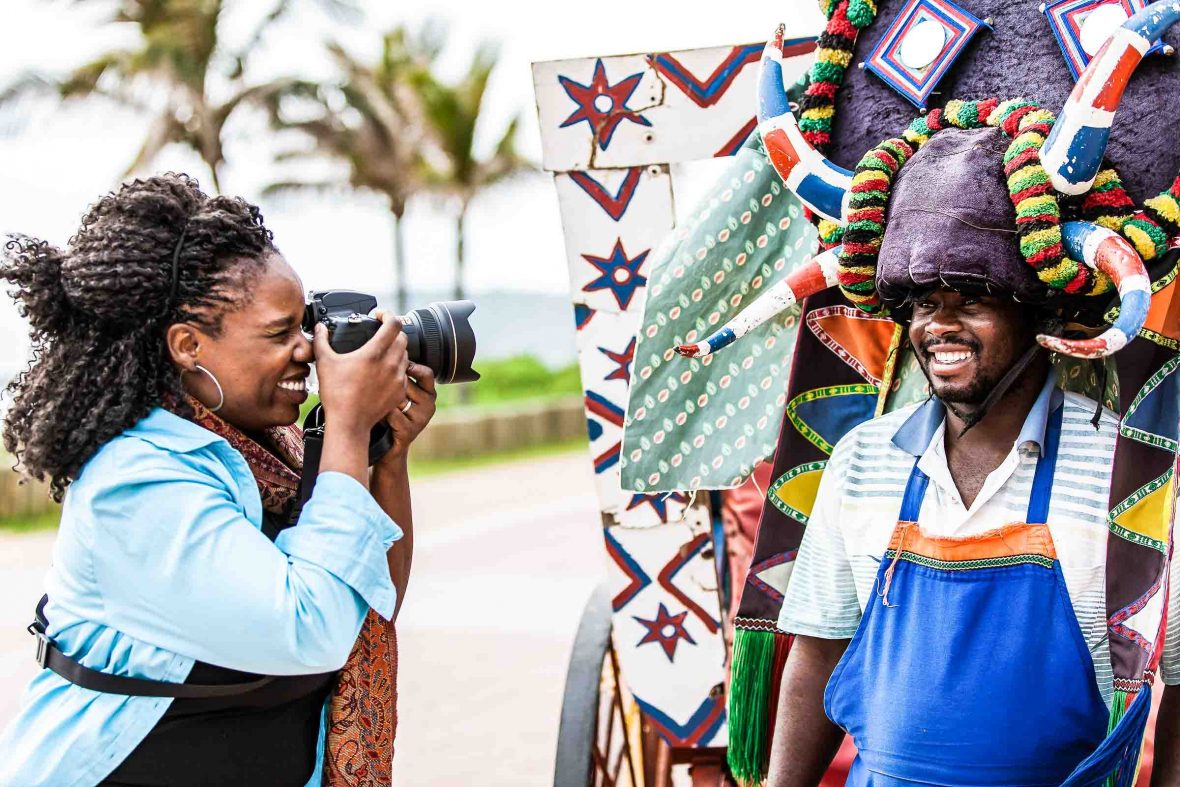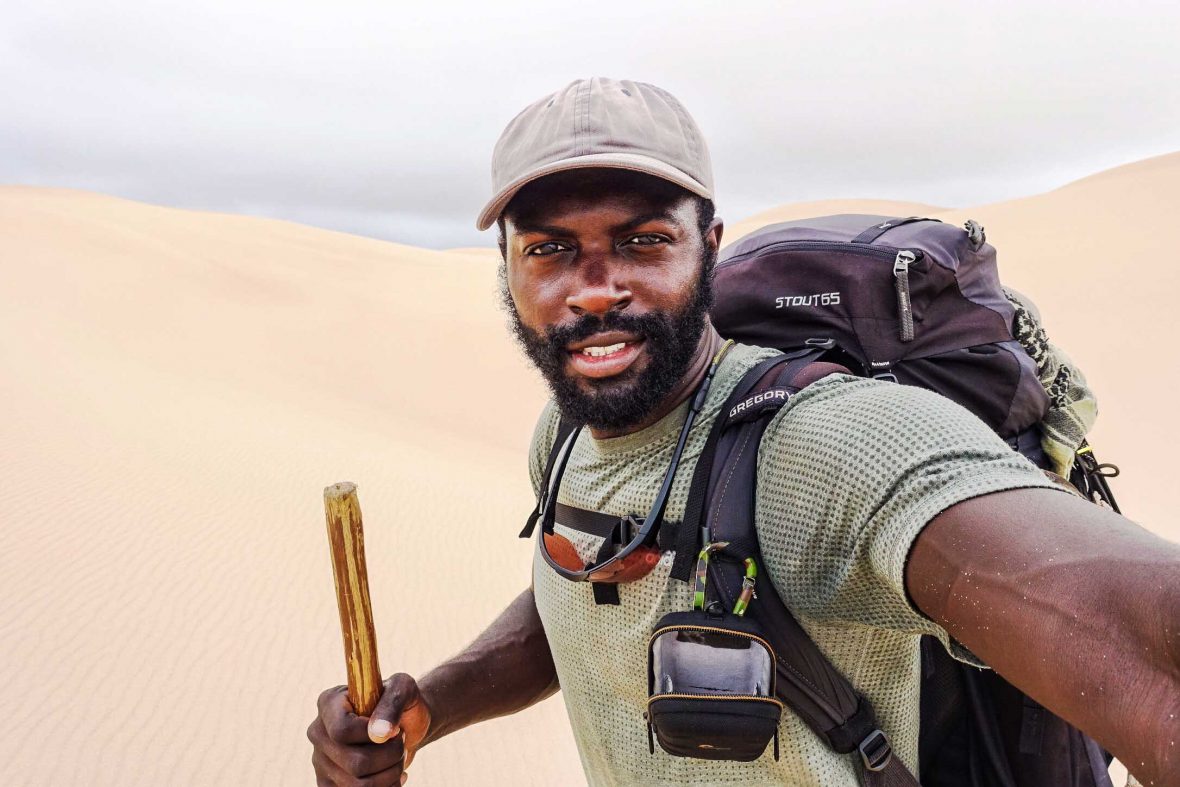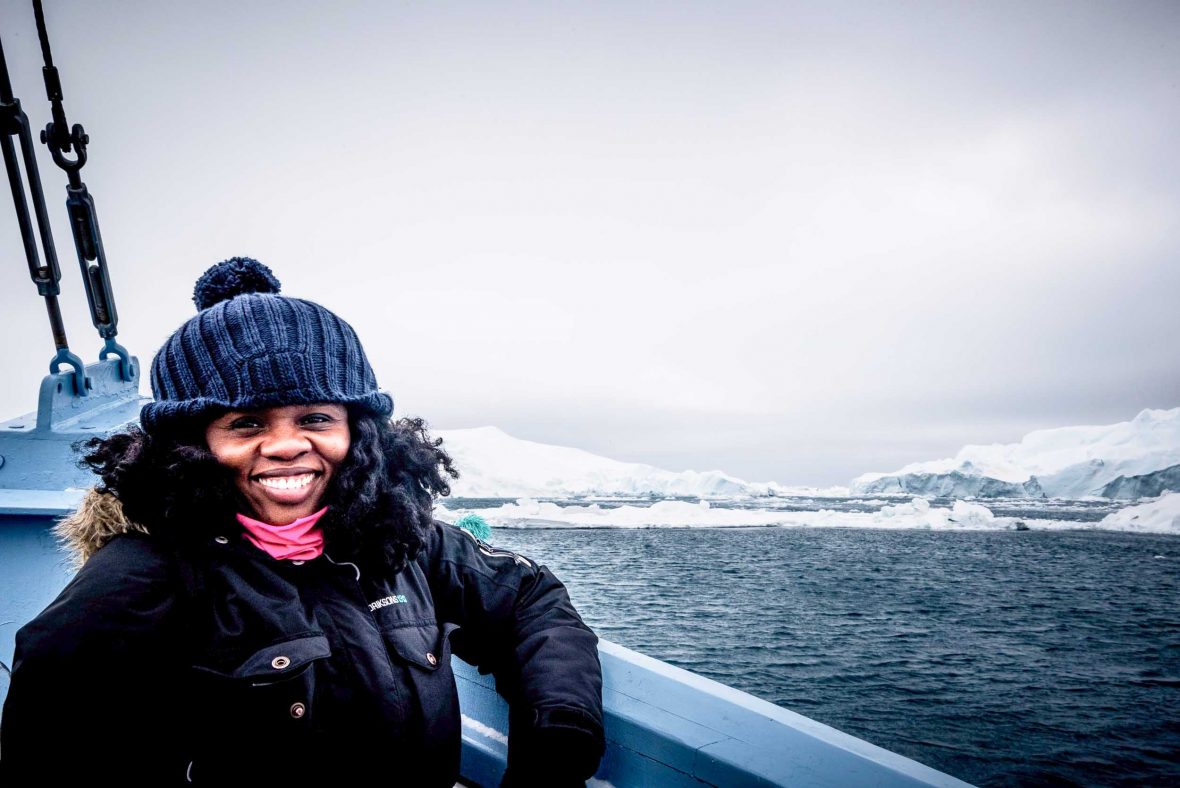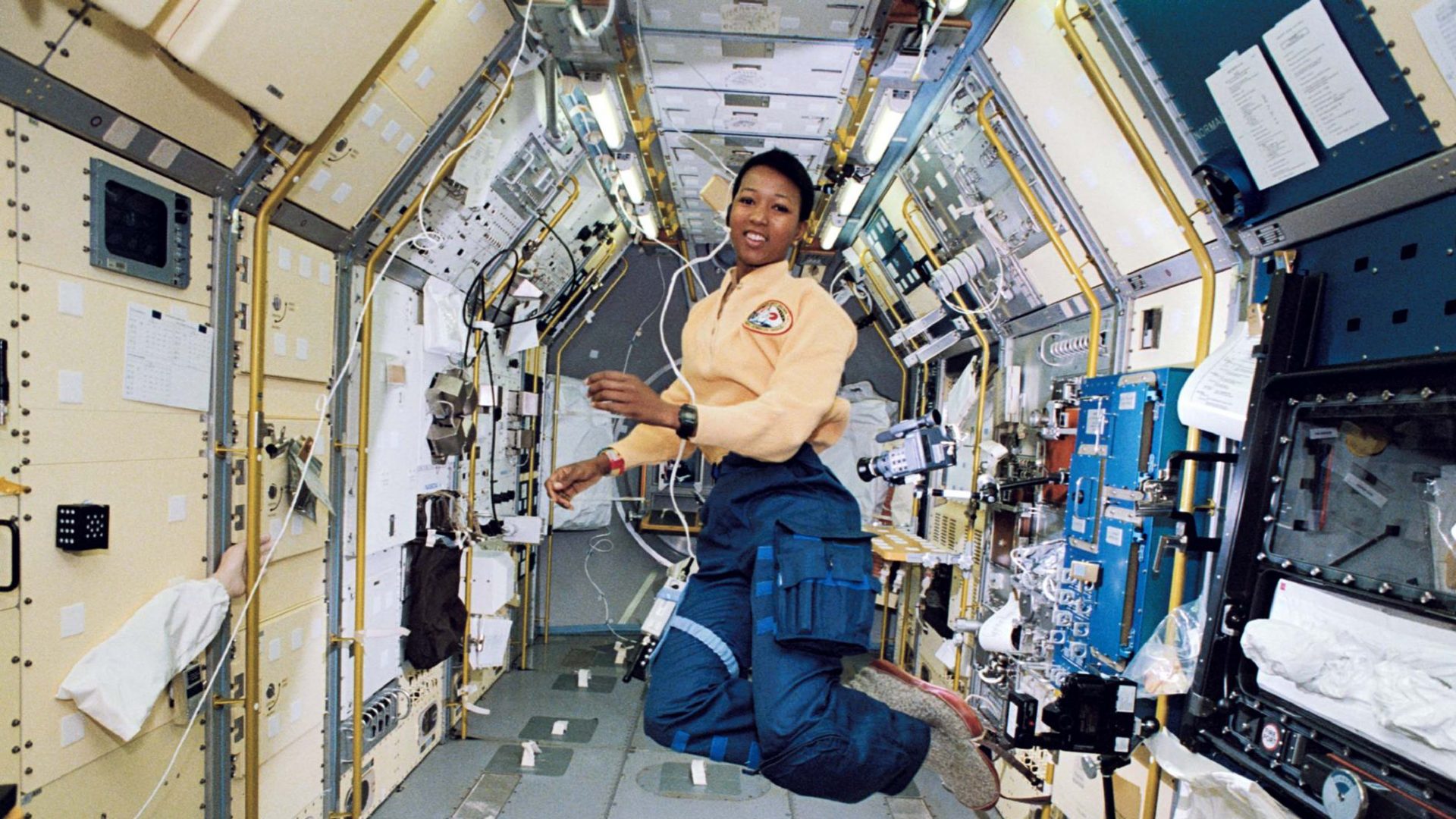The faces of adventure travel are just as diverse as the spirit of adventure itself, argues our featured contributor, Lola Akinmade Åkerström, a Nigerian-born travel photographer and author. So why hasn’t the travel industry caught up?
Growing up in Nigeria, I came across a map in my favorite class, Geography. I traced those longitudes and latitudes with a yearning to explore them, and when my finger settled on the North Pole, it became a lifelong obsession of mine to get there someday.
Years later, while doing research on expeditions to the North Pole, I discovered 19th-century African-American explorer Matthew Henson who went on seven expeditions over a span of 23 years with Robert Peary. While Peary was glorified across media for discovering the North Pole, trail-breaker Henson—who technically would have been the first man to set foot on the pole—received a fraction of his accolades.
I also stumbled across a remarkable woman called Barbary Hillary, the first African-American woman to trek to the North Pole, at the age of 76. In 2010, just three years later aged 79, she completed that same feat to the South Pole. Several emotions coursed through me—from elation and pride to a sense of anger that I hadn’t heard about her expedition before.
RELATED: Why most of my favorite explorers are women
I was incensed that others who’d accomplished much less were being celebrated and rewarded across popular media. In early 2018, Canada-based adventurer Mario Rigby, who was born in Turks and Caicos, completed a two-year, 7,000-mile trek by foot and kayak from Cape Town to Cairo through his expedition, Crossing Africa. Yet his amazing achievement was quietly celebrated—and is still being underreported.
I want to see more faces like my friend Kellee Edwards, a pilot, scuba diver, and fellow adventurer, who explores remote islands for Travel Channel on her very own show, Mysterious Islands. I was elated when Nathan Fluellen’s show World Wide Nate: African Adventures premiered on the UMC Network. Eritrean-American writer Rahawa Haile recently hiked the 2200-mile Appalachian Trail from Georgia to Maine solo, and wrote about her poignant experiences, where being seen on the trail in her own country was a rarity, for better or worse.
Adventure doesn’t have to involve scaling Mount Everest or deep-sea diving with blue whales—and selling this narrow narrative continues to exclude diversity. I don’t like skiing, but I love snowshoeing. I’m not going bungee-jumping anytime soon, but I enjoy ziplining. I suffocate in warm tropical weather, but enjoy cool Arctic air flowing through my lungs.
The spirit of adventure is as diverse as we all are. The last phone call I had with Barbara Hillary was about an Arctic expedition we had been planning together. Our plans fell through because we couldn’t secure the support needed, despite her own impressive accolades. After all, we weren’t the typical faces that adventure brands wanted to get behind. While I fully understand companies have their bottom lines to meet, the very same companies have pulled out all the stops for far less.
In a recent article, writers Glenn Nelson and Teresa Baker explored this very issue of outdoor lifestyle brand alignment and how companies still aren’t as diverse as they should be. Nelson runs TrailPosse.com which focuses on race and equity in the outdoors, while Baker is the founder of African American Nature & Parks Experience which engages minorities with the outdoors.
But here’s the thing: Adventurers of color will continue to be inspired by those who have come before them—even if mainstream media fails to acknowledge their impressive feats. In 2017, I explored a region of Greenland to see what had drawn Tété-Michel Kpomassie, the first African to visit Greenland, back in the ‘60s. And The Adventure Gap’s Mills is currently preparing for a trip to the North Pole in 2019 to follow part of the route that Henson took, and he plans to document the experience from a first-person perspective. We will continue to build communities, grow our own platforms, like Lauren Gay’s Outdoorsy Diva, and share our own stories in parallel.
And as a mother to a black daughter, I want to show her that there’s no limit to her adventurous spirit. If the world ever tries to box her into a corner, sell her one single story, and tell her these are the only sandboxes she can play within, I want her to confidently say “Have you met my mother?”












